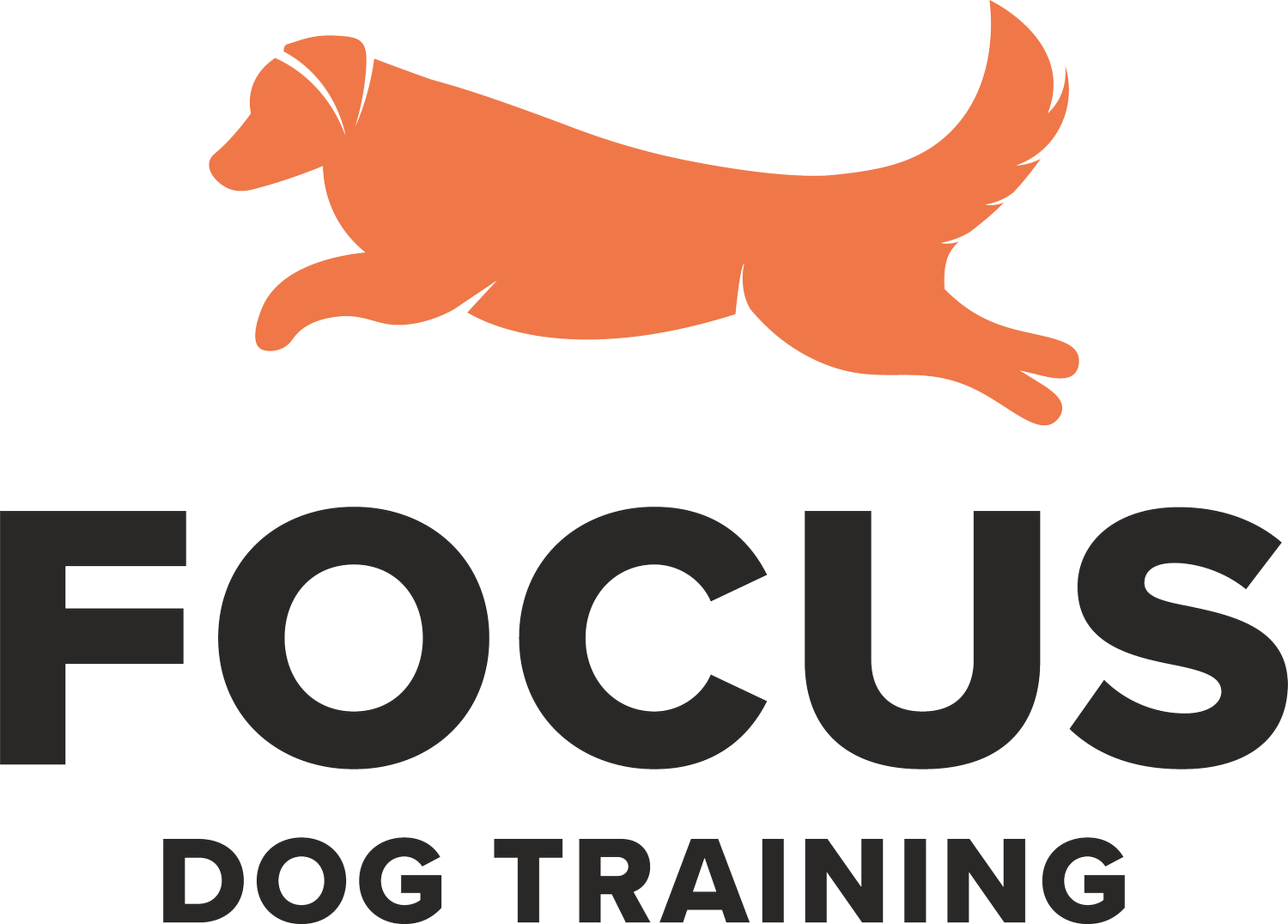Frustration: What You Need to Know
When we’re working with our dogs, we want to stay in the “happy bucket” and avoid the “yucky bucket” as much as we can (to paraphrase Dr Amy Cook).
And one factor that might tip us into the yucky bucket, but that tends to fly under the radar, is frustration.
Frustration is aversive. It is not fun for us, and it’s not fun for the dog. That means that even if we’re standing there with our clicker and our cheese or hot dogs, we might be giving the dog an unpleasant learning experience.
And that is one of the reasons why positive reinforcement training can be unsuccessful sometimes, because we were creating an uncomfortable learning environment.
We don’t like the feeling of being frustrated, and neither do our dogs.
And frustration can cause all kinds of fallout, or negative side effects, just like any other aversive.
So how do we know when our dogs are frustrated, and how do we fix it?
Frustration can look like a lot of things, and it can look different from different dogs. It might look like:
Disengaging from training (walking away, sniffing, offering (other) displacement behaviours like scratching, sneezing, scanning, etc)
Vocalizing, like whining, squeaking or barking. This can happen when the cue is given, during the behaviour or between the behaviour and the reinforcer.
Offering behaviours other than the one you asked for
Jumping, mouthing, tugging on clothing or biting.
It’s important to note that these behaviours can be due to many different issues, and a qualified trainer can help you determine where the issue lies.
But if we know we have frustration, what do we do about it?
The biggest issue is clarity.
Frustration arises when we don’t know how to get what we need, or make what we want happen.
Things like driving behind an extra slow driver or assembling ikea furniture are things typically frustrating for humans, because they often don’t have a clear solution, or we don’t yet have the skills to solve the problem with ease.
We have to ensure the cue for the behaviour is clear and consistent, and that the way the dog is offered reinforcement is equally so.
The other question is are we teaching in small enough pieces that the dog can be successful? Is there a way to break a behaviour down further so it’s easier for them, and they’re more likely to get the right answer?
Once you know how your dog expresses frustration, you will want to act fast as soon as you see the signs. Frustration can be just as aversive as pain or fear, and can poison cues or even the whole training game.
But once we know what frustration looks like in our dogs, we can take action to increase clarity and make the game fun again.
